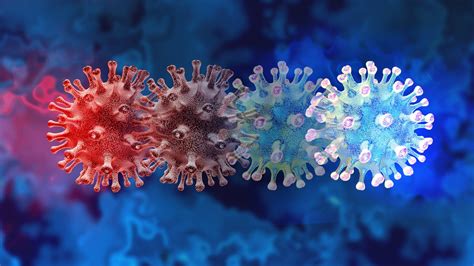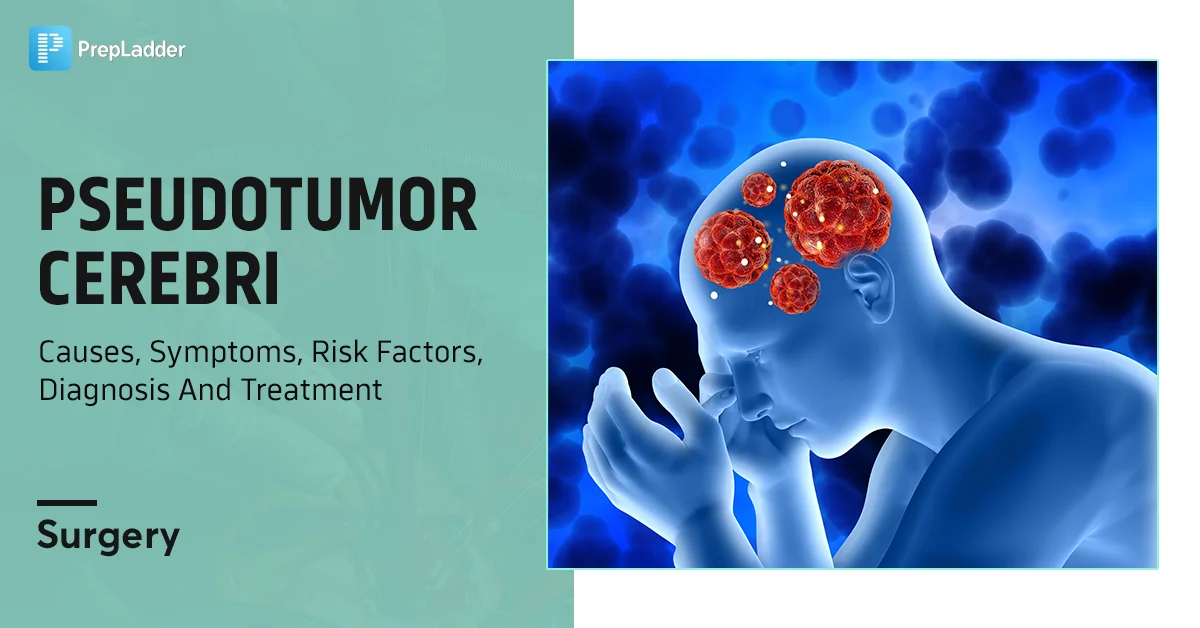Urge incontinence, a type of urinary incontinence, is characterized by the sudden, intense need to urinate, often resulting in the involuntary loss of urine. This condition can significantly impact an individual’s quality of life, causing embarrassment, anxiety, and social isolation. Fortunately, various treatment options are available to manage and alleviate the symptoms of urge incontinence.
Understanding Urge Incontinence
To develop an effective treatment plan, it’s essential to understand the underlying causes of urge incontinence. This condition often results from an overactive bladder, which can be triggered by a variety of factors, including:
- Neurological disorders, such as Parkinson’s disease or stroke
- Weakened pelvic muscles
- certain medications
- Hormonal changes during menopause
- Infections or inflammation of the urinary tract
Lifestyle Modifications
Before exploring medical treatments, individuals with urge incontinence can benefit from making lifestyle modifications to help manage their symptoms. These changes include:
- Bladder training: Gradually increasing the time between trips to the bathroom to help the bladder become more efficient
- Pelvic floor exercises: Strengthening the muscles that support the bladder and urethra through exercises like Kegels
- Dietary changes: Avoiding trigger foods and beverages, such as caffeine, spicy foods, and artificial sweeteners, that can irritate the bladder
- Weight management: Maintaining a healthy weight to reduce pressure on the bladder and pelvic muscles
Medical Treatments
If lifestyle modifications are insufficient to manage symptoms, medical treatments can be effective in alleviating urge incontinence. These treatments may include:
- Anticholinergic medications: Prescribed to relax the bladder muscle and reduce contractions
- Beta-3 adrenergic agonists: Medications that help relax the bladder muscle and increase bladder capacity
- OnabotulinumtoxinA (Botox): Injected into the bladder muscle to reduce contractions and improve symptoms
- Neuromodulation therapy: A minimally invasive treatment that involves stimulating the nerves that control the bladder
Surgical Options
In severe cases of urge incontinence, surgical options may be considered. These procedures include:
- Bladder augmentation: A surgical procedure that involves increasing the size of the bladder to improve its capacity and reduce symptoms
- Urinary diversion: A surgical procedure that involves redirecting the flow of urine out of the body
Future Directions in Urge Incontinence Treatment
Researchers are continually exploring new and innovative treatments for urge incontinence. Some potential future directions include:
- Stem cell therapy: Using stem cells to repair or replace damaged bladder tissue
- Gene therapy: Using gene therapy to modify the genes responsible for bladder function and improve symptoms
- Advanced neuromodulation techniques: Developing more advanced and targeted neuromodulation therapies to improve bladder control
Conclusion
Urge incontinence is a treatable condition, and individuals experiencing symptoms should not hesitate to seek medical attention. By combining lifestyle modifications, medical treatments, and potentially surgical options, individuals can effectively manage their symptoms and improve their quality of life. As research continues to advance, new and innovative treatments will become available, offering hope for those affected by this condition.
What are the most common causes of urge incontinence?
+The most common causes of urge incontinence include neurological disorders, weakened pelvic muscles, certain medications, hormonal changes during menopause, and infections or inflammation of the urinary tract.
Can lifestyle modifications alone effectively manage urge incontinence?
+Lifestyle modifications, such as bladder training, pelvic floor exercises, dietary changes, and weight management, can help manage symptoms of urge incontinence, but may not be sufficient for all individuals. Medical treatments or surgical options may be necessary to achieve optimal results.
What are the potential risks and complications associated with surgical treatments for urge incontinence?
+Potential risks and complications associated with surgical treatments for urge incontinence include infection, bleeding, urinary tract injury, and decreased bladder capacity. Individuals should carefully discuss the potential risks and benefits with their healthcare provider before undergoing surgery.



